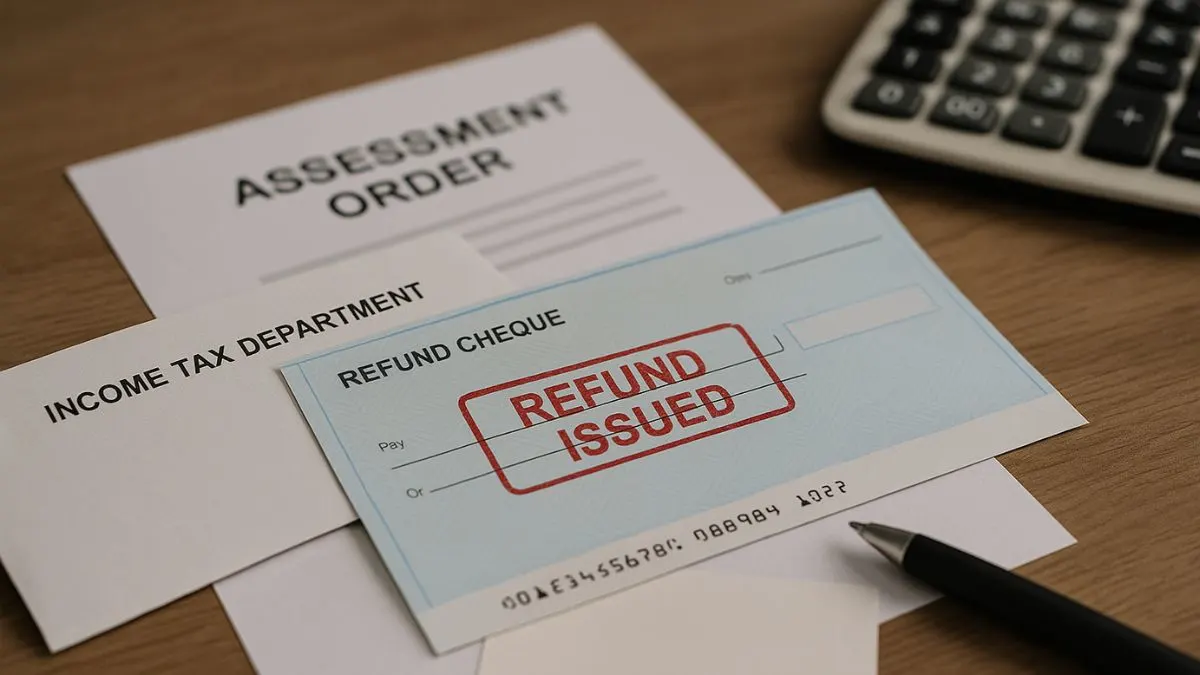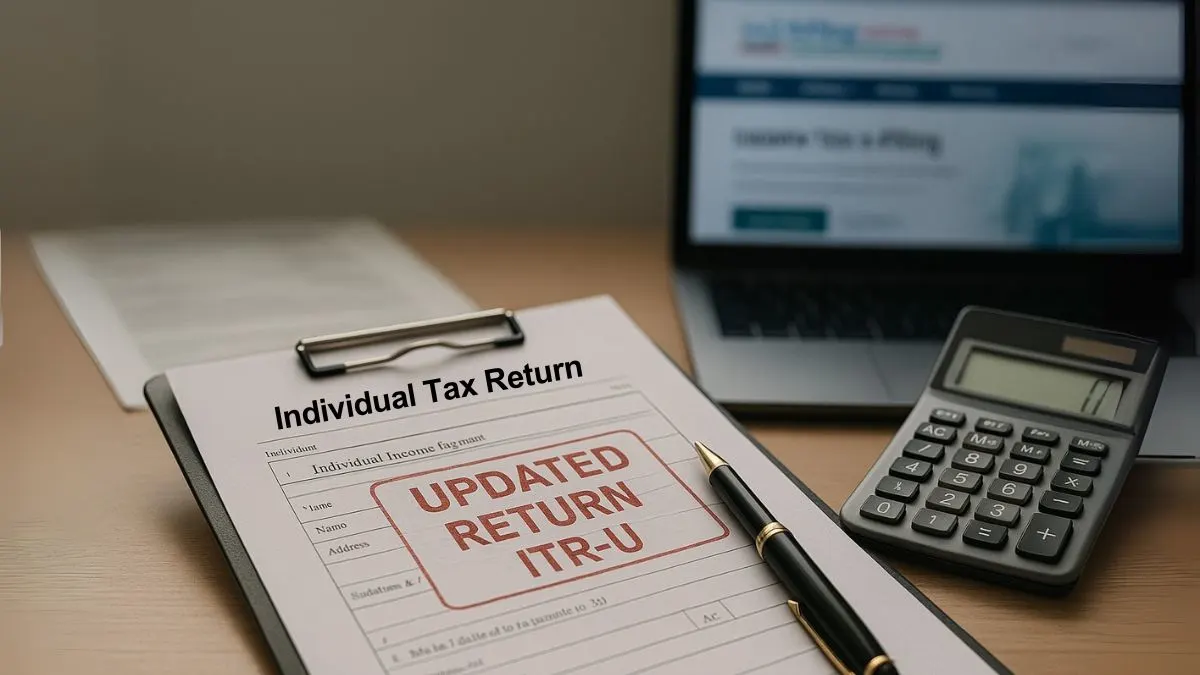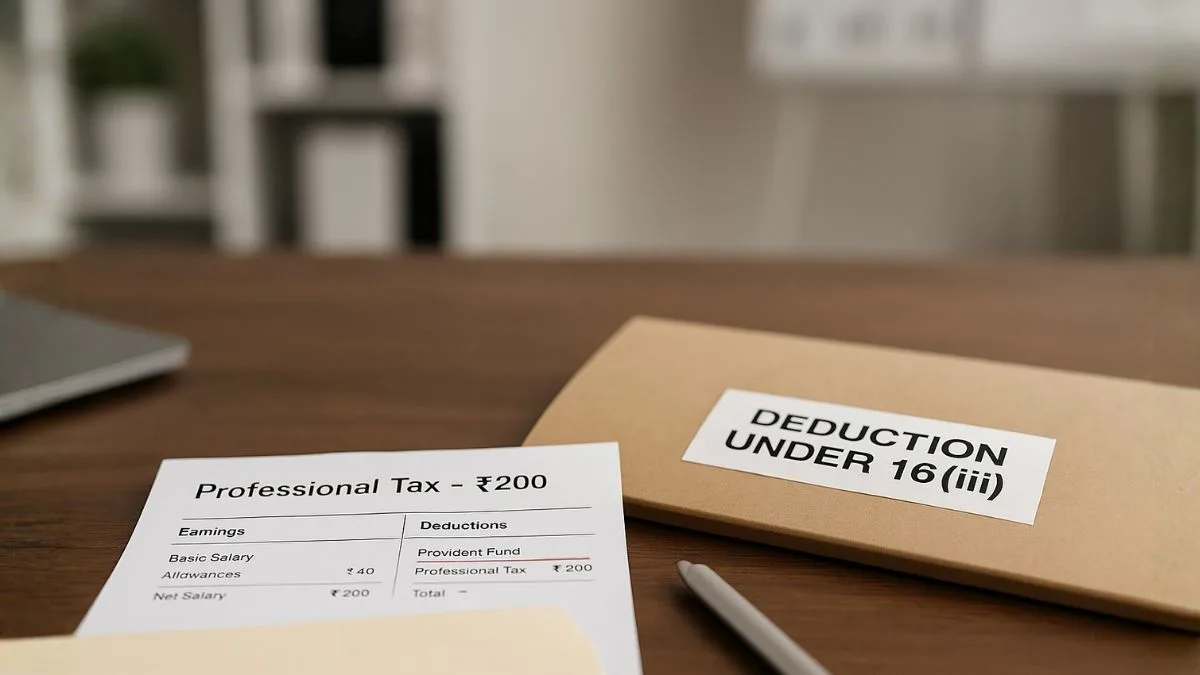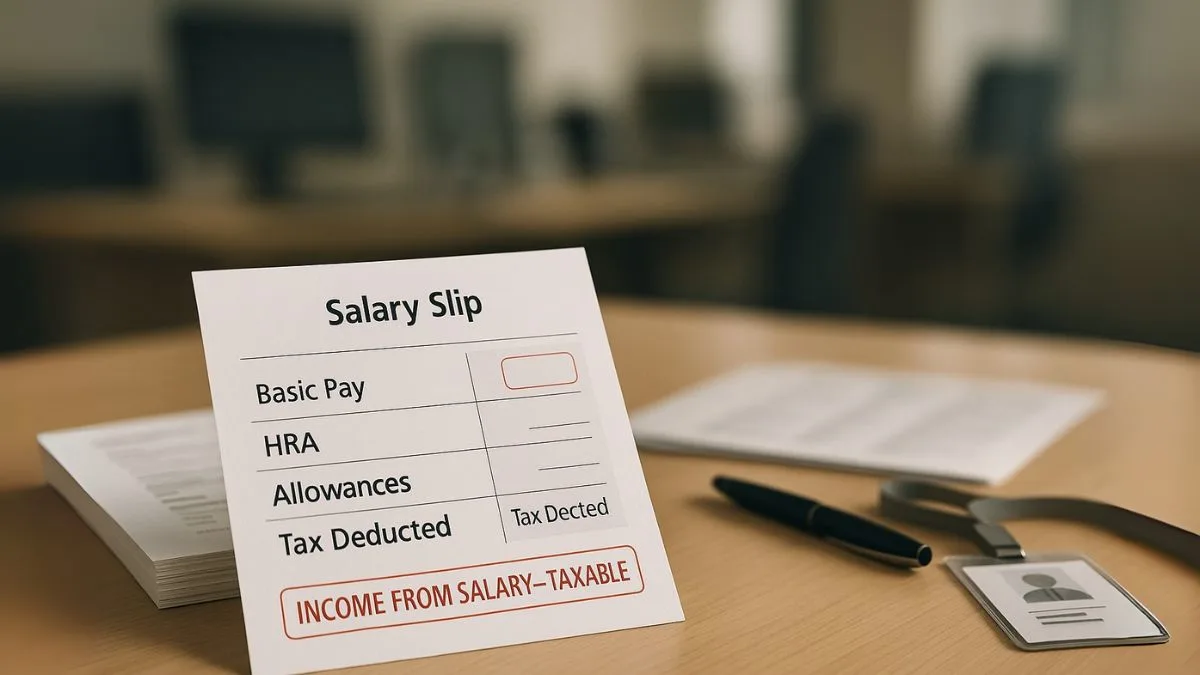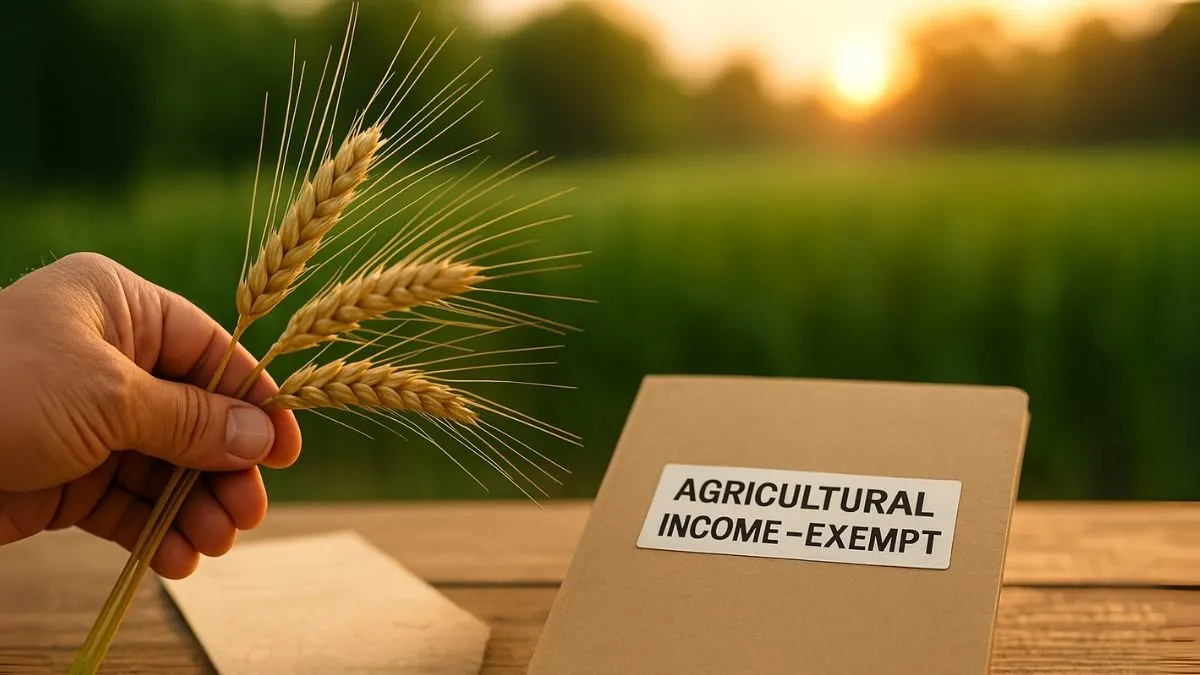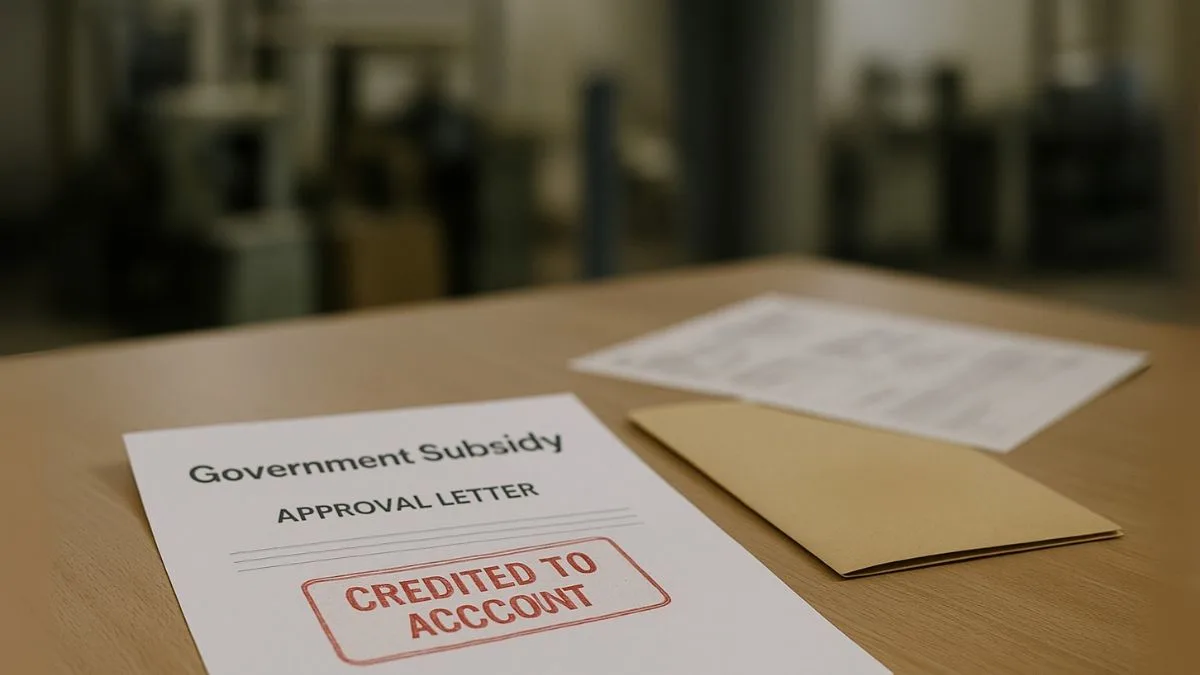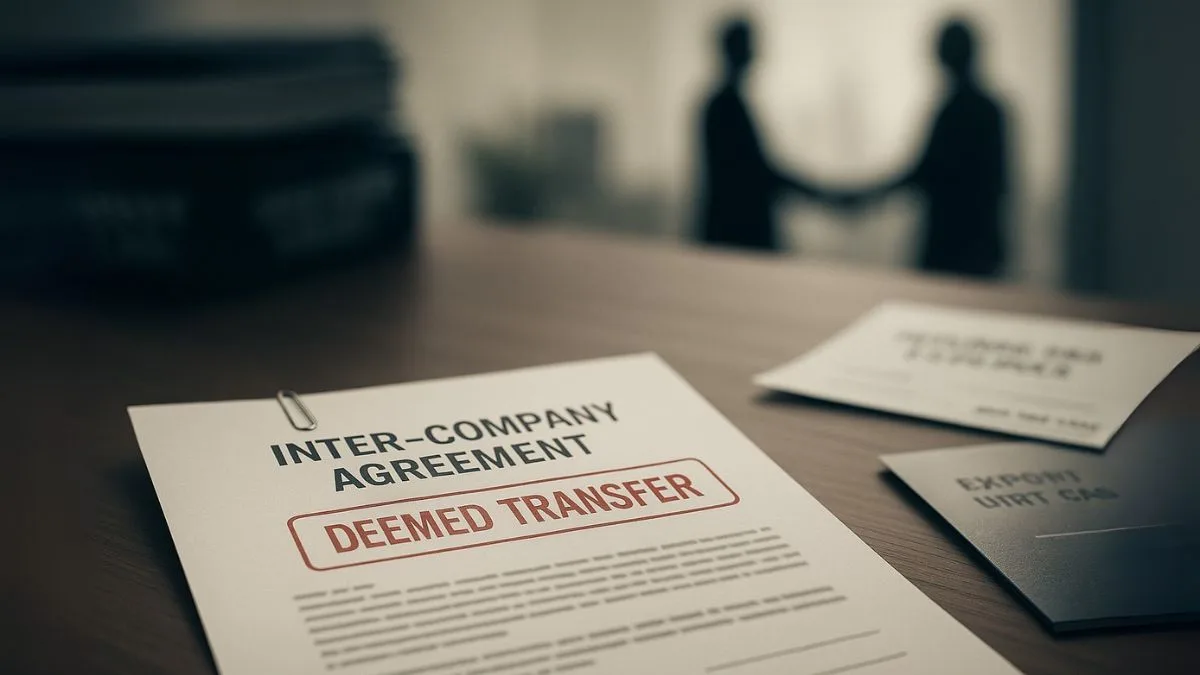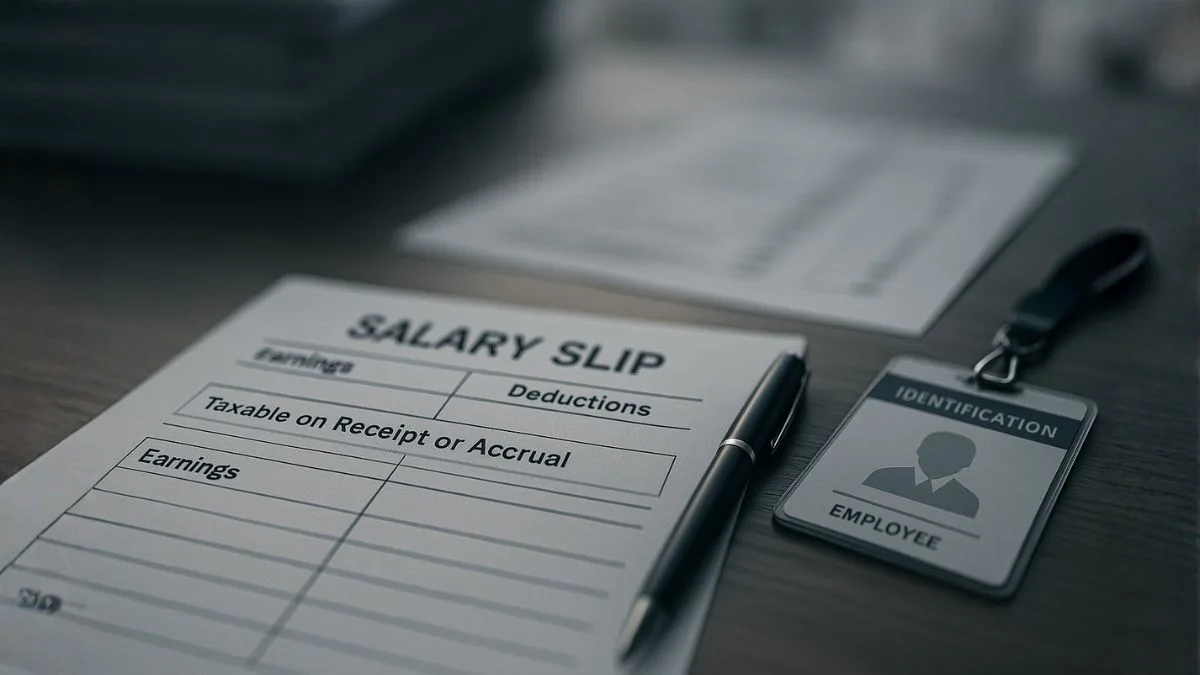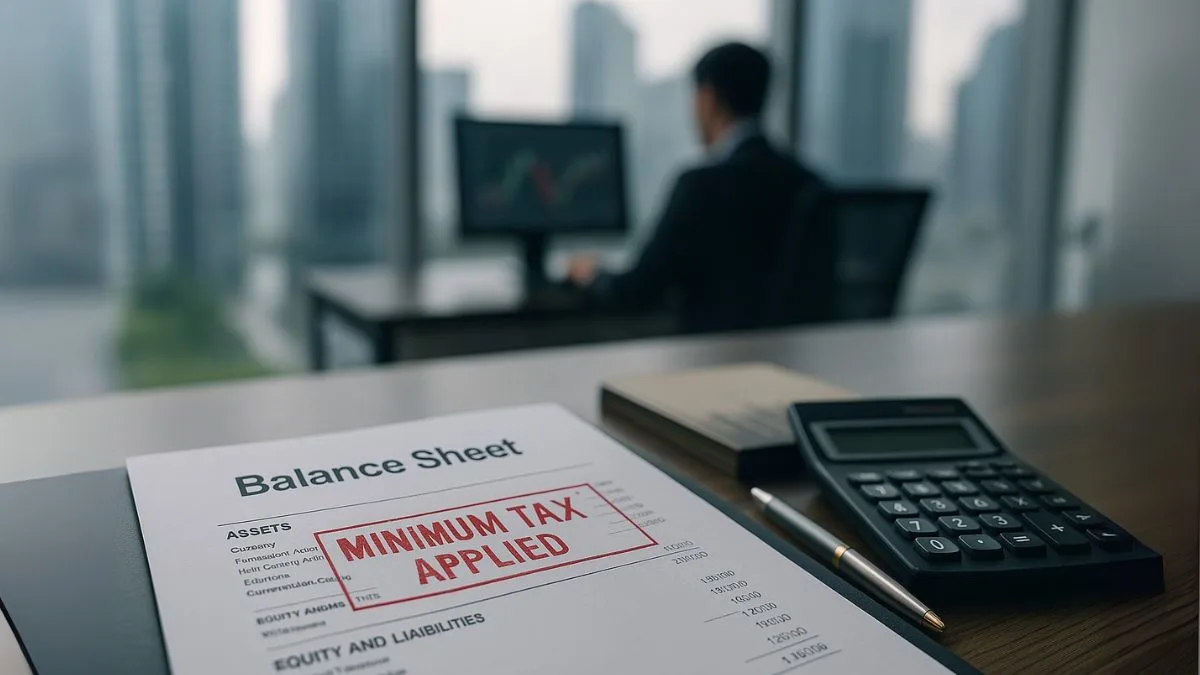
Here’s something curious about India’s tax system — not every company that reports a profit actually ends up paying tax in the same proportion.
Why? Because the Income Tax Act gives generous deductions & incentives.
The result? A few profitable firms paying almost nothing.
To fix that, the Government introduced a safety net called Minimum Alternate Tax (MAT).
It’s the law’s way of saying, “If you’ve made profits, you should at least pay something back.”
What Exactly Is MAT?
MAT, short for Minimum Alternate Tax, lives in Section 115JB of the Income Tax Act, 1961.
Think of it as a “floor” tax that ensures every profitable company pays a minimum amount even if it uses deductions elsewhere.
If the regular income-tax computed under normal provisions comes out lower than MAT, then—no debate—the company pays MAT.
It’s a fairness rule wrapped in numbers.
Why Was MAT Created in the First Place?
Back in the early ’90s, many big corporates declared huge accounting profits yet paid little or no tax because of heavy exemptions under sections like 80IA or 80C.
The press nicknamed them zero-tax companies.
That’s when Section 115JB arrived—forcing every company to contribute a base-level tax linked to its book profits.
Also Read: Understanding MAT Credit for Businesses
Who Needs to Pay MAT (and Who Doesn’t)
Applies to:
- Domestic companies
- Foreign companies having a permanent establishment (PE) in India
Does not apply to:
- Life-insurance business (Section 115B)
- Shipping companies under the tonnage-tax regime"
- Certain SEZ/IFSC units earning income in foreign currency
So if a company’s normal tax liability is lower than MAT, it must pay MAT instead. Simple as that.
How Do You Calculate MAT?
Everything revolves around the phrase book profit — basically the profit shown in the P&L Account prepared under the Companies Act, adjusted for a few additions & deductions.
Formula:
MAT = 15 % of Book Profit surcharge cess
If this works out higher than normal tax, you pay this amount.
Quick example:
Book profit = ₹10 crore
Normal tax = ₹0.8 crore
15 % of ₹10 crore = ₹1.5 crore
✅ Pay ₹1.5 crore as MAT (since it’s higher).
MAT once stood at 18.5 %, but was cut to 15 % to make India more competitive.
Key Highlights of Section 115JB
- Covers all companies (domestic & eligible foreign).
- Based on book profit, not taxable income.
- Flat rate: 15 % ( surcharge & cess).
- MAT credit allowed for future years.
- Uniform rule: keeps every profitable company within the tax net.
Also Read: Alternate Minimum Tax for Non-Corporates
MAT Credit — Your Future Buffer
Suppose this year you pay more tax under MAT than under normal provisions.
Next year, if your regular tax exceeds MAT, you can set-off that excess as MAT credit.
- Carry forward period → 15 assessment years.
- Credit amount → MAT paid minus normal tax (for that year).
Example:
MAT paid ₹1.5 cr vs normal tax ₹0.8 cr → ₹0.7 cr credit.
If later your regular tax exceeds MAT, you use ₹0.7 cr to cut your liability.
It’s like pre-paid tax you can redeem later.
Computing Book Profit for MAT
Start with net profit as per the Companies Act P&L, then:
Add back:
- Income-tax provision
- Reserves & proposed dividends
- Certain depreciation adjustments
Subtract:
- SEZ/IFSC profits
- Specific exempt incomes (10A, 10B, 80-IA)"
- Lower of brought-forward loss or unabsorbed depreciation
The resulting number = Book Profit.
Apply 15 %, & there’s your MAT.
Small Example
XYZ Ltd (2024-25):
- Net profit ₹12 cr
- Additions ₹1 cr
- Deductions ₹2 cr
➡ Book Profit ₹11 cr
➡ MAT = 15 % × ₹11 cr = ₹1.65 cr ( cess)
If normal tax = ₹1 cr → pay ₹1.65 cr as MAT.
MAT and Foreign Companies
Foreign companies with a PE in India → MAT applies.
No PE or lower DTAA rate → MAT doesn’t apply (CBDT Circular 2/2015).
That clarity removed years of cross-border confusion.
Also Read: New Manufacturing Companies Tax Rate at 15%
When MAT Does Not Apply
- Life-insurance businesses
- Shipping under tonnage tax
- IFSC units earning foreign currency
- Certain legacy SEZ operations
These exemptions exist to support specific sectors and boost foreign investment.
MAT vs AMT (Alternate Minimum Tax)
|
Particulars |
MAT |
AMT |
|
Applies to |
Companies |
LLPs & Partnerships |
|
Section |
115JB |
115JC |
|
Base |
Book Profit |
Adjusted Total Income |
|
Rate |
15 % |
18.5 % |
Both prevent tax-free profit scenarios; they just target different taxpayers.
Recent Policy Updates
Companies choosing the new corporate tax regimes under Sections 115BAA or 115BAB are exempt from MAT —but cannot use old MAT credits.
This simplifies compliance for new manufacturing & startup units.
Why MAT Still Matters
- Stops “zero-tax” companies from dodging liability.
- Creates a level field between incentivized and non-incentivized businesses.
- Guarantees every profitable company pays its minimum share to the exchequer.
- Offers future relief through MAT credit.
Fairness with flexibility — that’s the essence of MAT.
Also Read: A Special Tax Route for Domestic Companies
Key Takeaways
- MAT applies when normal tax < 15 % of book profit.
- Section 115JB covers both domestic & eligible foreign companies.
- MAT credit can be carried forward for 15 years.
- Certain sectors (insurance, shipping, IFSC) get relief.
- Ensures minimum tax contribution from every profitable entity.
In Short — Why MAT Exists
It’s the Income Tax Act’s way of keeping things fair.
If profits are real on paper, a portion must reach the nation’s treasury.
That 15 % floor under Section 115JB balances profitability with equity — a policy that’s firm but fair.
Feeling stuck on how to calculate MAT or adjust MAT credit?
👉 Head to CallMyCA.com — our Chartered Accountants will help you work through Section 115JB computations, handle MAT credits, and file returns accurately without stress.

